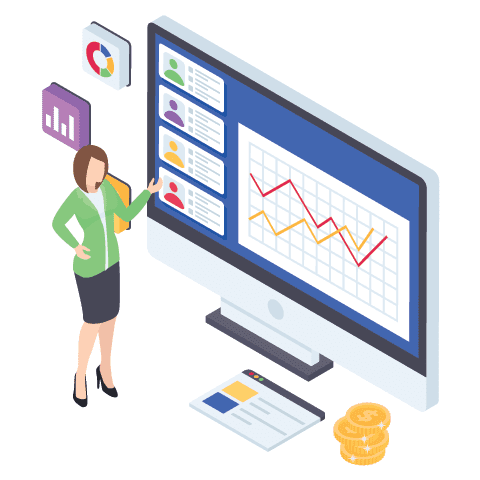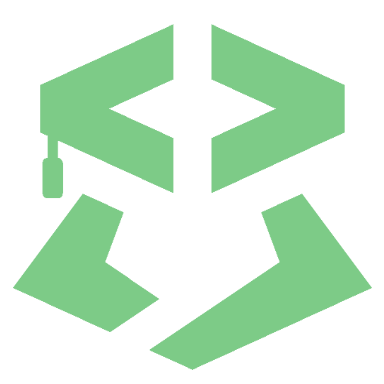
Course Information
Python is a great programming language for children to learn as it is easy to read, understand, and write. It is widely used in many industries such as web development, data analysis, artificial intelligence, and more. Our Python course for children is designed to introduce the fundamentals of programming in a fun and interactive way that is suitable for young learners.
The course will cover the following topics:- Basic syntax and data types
- Control structures and loops
- Functions and modules
- Using libraries and modules
- Basic problem solving and logic
- Creating simple games and animations
Throughout the course, children will work on hands-on projects and exercises that will help them understand and apply the concepts they are learning. The course will be taught by experienced instructors who are experts in the field and have a passion for teaching children. They will make the learning experience fun, engaging, and interactive.
By the end of the course, children will have a good understanding of the Python language and the ability to write simple programs. They will also have a strong foundation in problem solving and logic, which will be useful for any future programming endeavors. Additionally, a certificate of completion will be provided to those who successfully complete the course.
Table of Course Content
Please take note that this content is subjected to change. Click the left black triangle to view details of each section.
Python Introduction
- Why we program ?
- Installation and Hello World
Variables, Expressions and Conditional
Statement
- Expressions I
- Expressions II
- Expressions III
- If Statement I
- If Statement II
Functions
- Build a Function
- Use Your Function
Loop
- Use Loops I
- Use Loops II
- Use Loops III
- More Examples
Strings and Files
- Use Strings I
- Use Strings II
- Use Files I
- Use Files II
Python Data Structures
- List I
- List II
- Tuple
- Dict I
- Dict II
- Example: Build a Big Integer Add Function With List
- Example: Use Dict to Build a Personal Info Database
Introduction to Object-Oriented Design
- Class and Object I
- Class and Object II
- Class and Object III
Build Your Own Program
- Discuss Your Project I
- Discuss Your Project II
- Exercise Time I
- Exercise Time II
- Exercise Time III
- Exercise Time IV
- Exercise Time V
- Presentation Time

